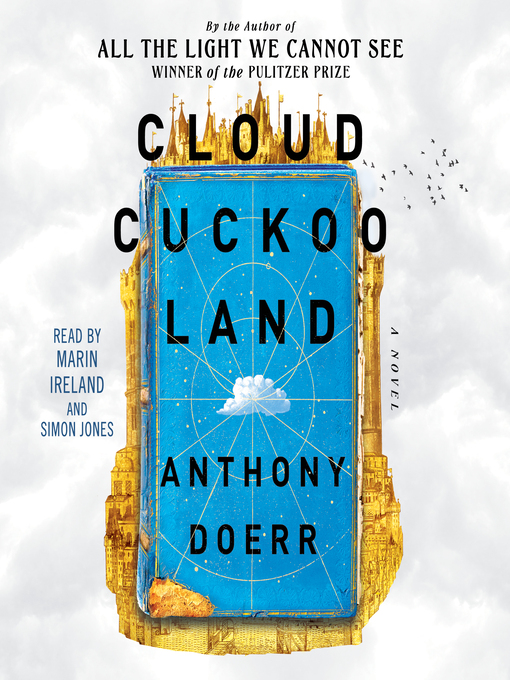

I wasn't and, as a result, chunks of the novel - the Konstance parts, mostly - had me wishing that Doerr would get back to the more captivating people.ĭoerr also misses an opportunity with the children who are creating the play. Whereas Doerr's previous novel was so enthralling that we didn't mind shifting between its equally fascinating protagonists, "Cloud" wants us to be charmed by half a dozen main characters.

But "Cloud" is a more ambitious book than "Light" and it experiences more growing pains as it grows and grows across 626 pages. Like "All the Light You Cannot See" - or "A Prayer for Owen Meany," a more skillful novel it occasionally recalls - the distinct stories all wind around each other at the end. Konstance, traveling to another planet in the future, becomes fascinated by glimpses of a mysterious manuscript. Children in a present-day library in Idaho create a play that contains elements of "Cloud Cuckoo Land." A boy named Seymour orients his life around a guru's dangerous words.

A 21st-century man named Zeno labors over a translation of Antonius Diogenes' mythic "Cloud Cuckoo Land." Anna becomes the guardian of that ancient text. Instead of World War II, this battle is the 1453 siege of Constantinople and the pair are Omeir, a boy born into poverty, and Anna, resident of a convent whose sisters struggle to finish a tapestry that illuminates an epic tale while she becomes obsessed with an ancient codex.īibliophilia is a central motif of "Cloud Cuckoo Land" (which is dedicated to librarians), along with gray owls, the perils of translating literature and climate crisis. Like Doerr's Pulitzer Prize-winning "All the Light You Cannot See," his "Cloud Cuckoo Land" includes two characters - on opposite sides of a war, divided by a fortress wall - whose separate stories gradually join. Think of Anthony Doerr's new novel as "All the Plot Connections You Cannot See."


 0 kommentar(er)
0 kommentar(er)
